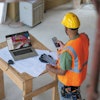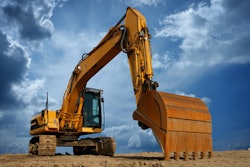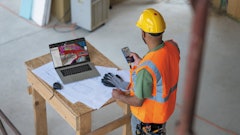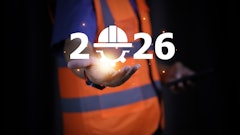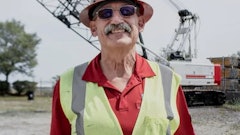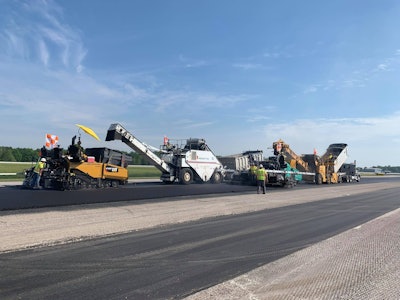
When he began his Presidency, Joe Biden unveiled the centerpiece of his domestic agenda: a two-pronged, $4 trillion effort to transform the U.S. economy by overhauling the nation’s infrastructure and expanding aid to families. The plan had gone little to nowhere as politicians on both sides of the aisle couldn't agree on what to include in the bill much less how to pay for it.
Then last month, Biden and a bipartisan group of senators — five Democrats, five Republicans — announced that they had finally reached a compromise on part of it: a $1.2 trillion framework to fund roads, electric-vehicle charging stations, broadband and other physical infrastructure. The pared-down plan calls for $559 billion in new spending over five years, which includes $110 billion of new money being invested in roads, bridges and other major projects.
In response to the news, the Dow rose 0.88%, to 34,172, the S&P 500 rose 0.59% and the Nasdaq was up 0.72%.
Shares in top industry manufacturers and suppliers like Caterpillar and Vulcan Materials also rose immediately at the promise of a funding boon. Even construction companies like Granite Construction saw a boost. Shares of the company shot up nearly 9% after the agreement was reached.
While the immediate boost is great, Peter Williams, an economist at the investment firm Evercore ISI, said the infrastructure package will really begin boosting economic growth starting in 2023, as it takes time for major building and repair projects to get under way. But in 2025 and 2026 the extra package would add a healthy one percentage point to the economy’s growth rate, Williams estimates, and create up to about 775,000 jobs.
Will You Be Ready to Work?
The industry is ready to welcome this investment boom as we have been faced with funding uncertainty for years. The question remains however, will we be ready for it? Labor struggles have plagued our industry for years and things aren't getting any better. Last month, The U.S. Chamber reported that 88% of contractors surveyed claimed they were experiencing moderate to high levels of difficulty finding skilled workers, of which, nearly half (45%) report a high level of difficulty. Of those who reported difficulty finding skilled labor, over a third (35%) have turned down work because of skilled labor shortages.
If we can't find the workers we need to do the jobs required of us, we're going to need to learn how to work smarter. Change in the asphalt industry has been slow and difficult, but equipment and technology to help contractors do their jobs more efficiently and with better results are being developed every day. If we are able to secure a long term investment in infrastructure, there's going to be a flood of work and activity that will come with a long term plan. With that raised level of activity, it's going to be really hard to deliver what we're going to be required to deliver as an industry without innovation, without technology and without really thinking about creative solutions to be much more effective and much more efficient.
Asphalt Contractor's annual showcase and buyer's guide features all of the tried and true equipment contractor's love but also features pages of new equipment that can help you be more successful as an influx of projects heads down the pipeline.
Profits for many companies tied to the construction or industrial sector are projected to gain ground over the next several years as the economy recovers. Any spending measure spread out over years will help secure and boost that growth through contracts for projects and orders for supplies and equipment. How will you ensure your company is ready for the increase of work? Let me know at [email protected].


